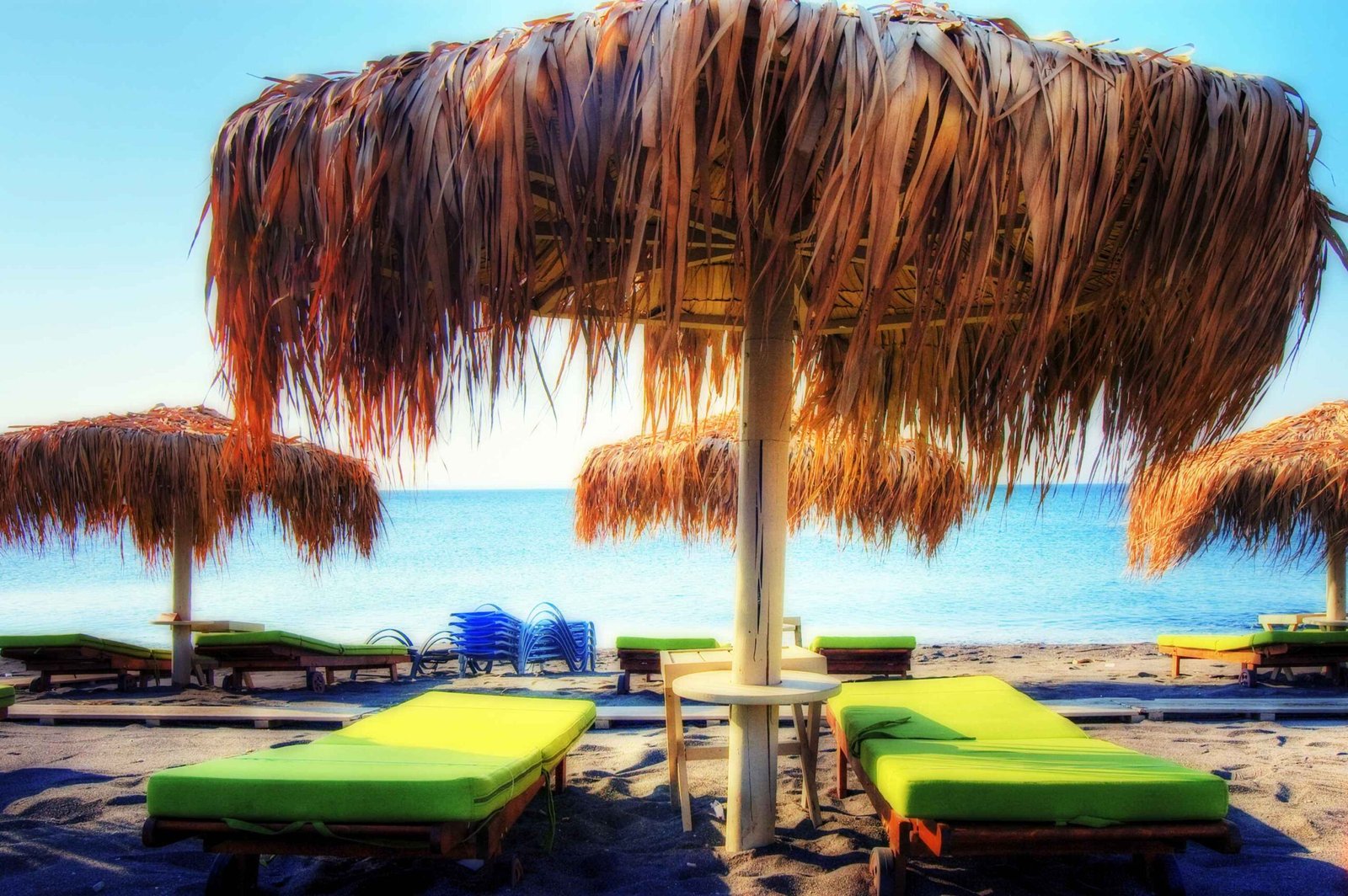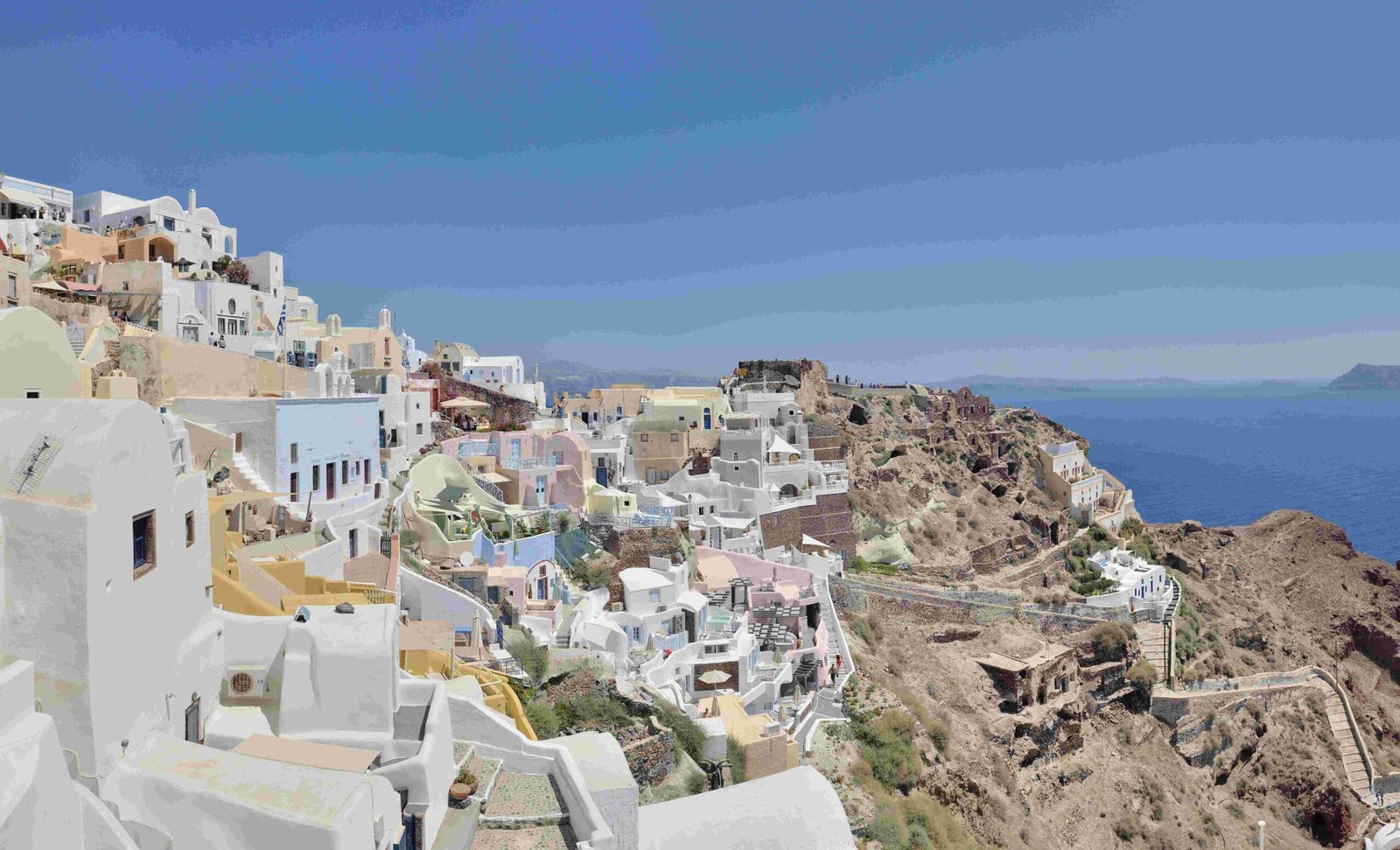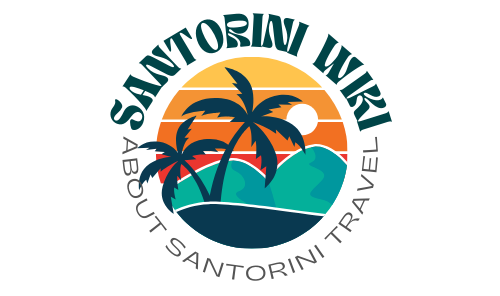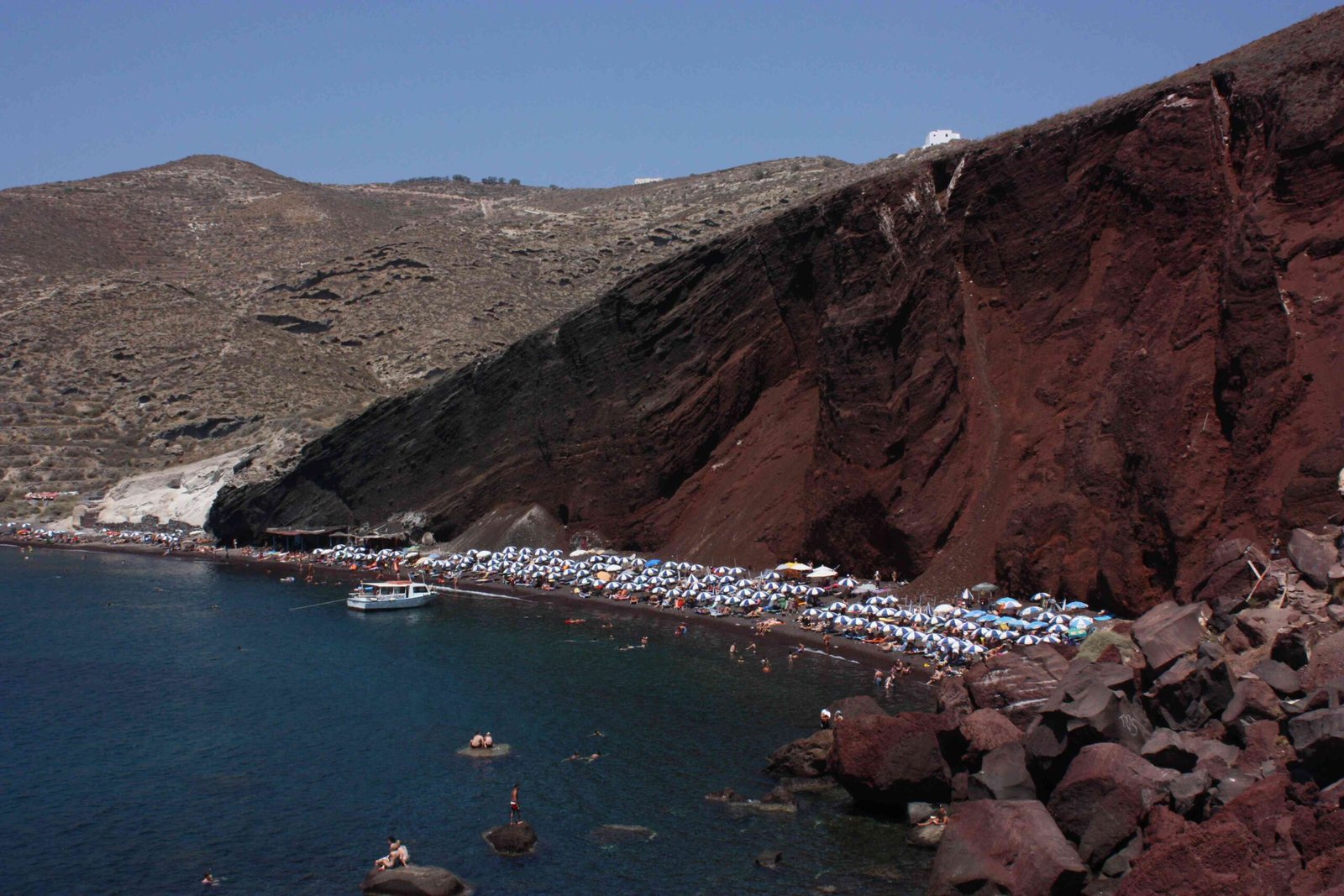Santorini’s landscape is a breathtaking testament to the power of volcanic activity. The island’s iconic caldera, formed by a massive eruption over 3,600 years ago, features steep cliffs plunging into the azure Aegean Sea. This unique topography, combined with whitewashed villages perched atop the caldera rim, creates a mesmerizing panorama that attracts millions of visitors annually. The island’s volcanic history has also blessed it with distinctive beaches of red, white, and black sand, further enhancing its allure as a premier Mediterranean destination.
What Are the Key Features of Santorini’s Caldera Cliffs?

The caldera cliffs of Santorini are a geological marvel, offering visitors a glimpse into the island’s volcanic past. These cliffs are not only visually stunning but also provide valuable insights into the island’s formation and ongoing geological processes.
How High Are the Caldera Cliffs?
The caldera cliffs of Santorini are impressively tall, with some sections reaching several hundred meters in height. To put this into perspective:
- The caldera walls drop to a sea floor depth ranging from 290 to 390 meters
- The cliffs bounding the southern, southeastern, and northwestern rims of the caldera are particularly steep and high
- Some sections of the cliffs were formed during or soon after the Minoan eruption in the late Bronze Age
What Is the Geological Composition of the Cliffs?
The cliffs are composed of various geological formations, each with its own characteristics:
- Lava: Hard and stiff, but prone to rockfalls due to fragmentation
- Tuff: Generally has good geotechnical characteristics
- Scoriae: Loose and highly erodible, susceptible to landsliding
- Metapelites: Similar to tuff in terms of geotechnical properties
This diverse composition contributes to the unique appearance and stability of the cliffs.
Where Are the Best Spots to View Santorini’s Caldera Landscape?

Santorini offers numerous vantage points for visitors to appreciate its stunning caldera landscape. Here are some of the most popular and accessible locations:
- Oia Village
- Offers excellent views of the caldera and sunset
- Features well-developed pathways and viewpoints
-
Easily accessible on foot
-
Fira Town
- Provides panoramic views of the caldera
- Has numerous restaurants and cafes with caldera views
-
Well-connected by public transportation
-
Skaros Rock (near Imerovigli)
- Offers a unique perspective of the caldera
- Requires a short hike to reach the viewpoint
-
Provides a 360-degree view of the surrounding landscape
-
Boat Tours
- Allow visitors to view the caldera cliffs from sea level
- Provide a different perspective on the geological formations
- Often include stops at volcanic islands within the caldera
When Is the Best Time to Experience Oia’s Famous Sunset?
Oia’s sunset is world-renowned, attracting crowds of visitors each evening. The best time to experience this spectacle varies throughout the year:
| Season | Months | Approximate Sunset Time |
|---|---|---|
| Summer | June – August | 8:30 PM – 9:00 PM |
| Spring/Autumn | April – May / September – October | 7:30 PM – 8:00 PM |
| Winter | November – March | 5:00 PM – 6:00 PM |
To make the most of your sunset viewing experience:
- Arrive at least an hour before sunset to secure a good spot
- Consider booking a table at a restaurant with a caldera view
- Be prepared for crowds, especially during peak tourist season (June – August)
What Makes Santorini’s Volcanic Beaches Unique?
Santorini’s beaches are as diverse as they are beautiful, each offering a unique experience thanks to the island’s volcanic history:
Red Beach
- Known for its striking red sand and pebbles
- Accessible by boat or a short hike
- Clear water, but can be rough due to location
- Limited facilities, ideal for nature lovers
White Beach
- Features white sand and pebbles
- Accessible primarily by boat
- Similar water conditions to Red Beach
- Limited facilities, perfect for a secluded experience
Perissa Beach
- Characterized by its black sand
- Well-equipped with facilities and amenities
- Clear waters ideal for swimming and water sports
- Popular among tourists, can get crowded in peak season
Kamari Beach
- Another black sand beach with clear waters
- Offers a range of facilities and activities
- Family-friendly with shallow waters near the shore
- Lined with restaurants and bars
How Can Visitors Navigate Santorini’s Landscape?
Exploring Santorini’s unique landscape can be done through various transportation options:
Public Transport
- Buses connect major towns and beaches
- Schedules available at local stations and online
- May not be ideal for those with mobility issues due to steep terrain
Taxi Services
- Widely available and can be pre-booked
- Costs range from €10 to €30 depending on distance
- Good option for those with mobility concerns
Rental Options
- Cars and scooters available for rent in major towns
- Provides flexibility but requires navigating narrow, steep roads
- May be challenging for those unfamiliar with the terrain
Accessibility Considerations
- Many paths in Oia and Fira are cobblestone and steep
- Boat tours and taxis offer more accessible alternatives for viewing the caldera
- Some beaches may have limited accessibility for those with mobility issues
Santorini’s landscape is a testament to the raw beauty of nature shaped by volcanic forces. From its towering caldera cliffs to its colorful beaches, the island offers a visual feast for visitors. Whether you’re watching the sunset from Oia, exploring the black sand beaches, or marveling at the geological wonders, Santorini’s landscape promises an unforgettable experience that captures the essence of the Greek islands.

